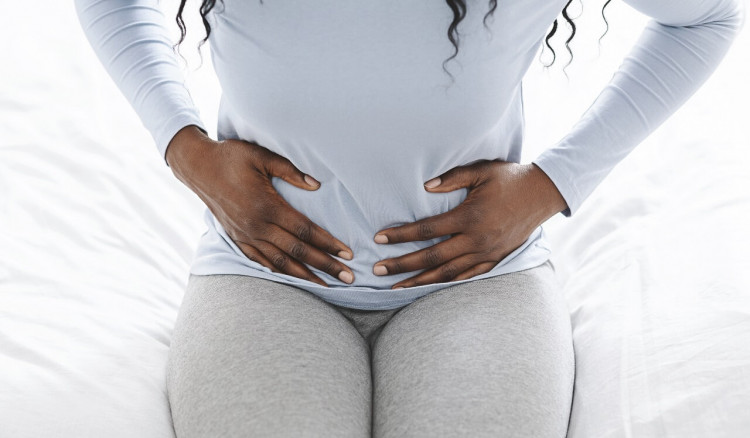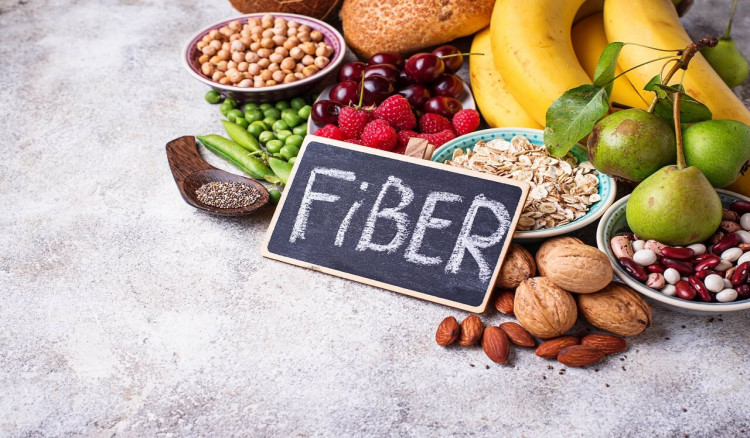
Digestion and Food Poisoning
Digestion is the process by which food is broken down into simpler elements so that it may be absorbed into the bloodstream and used for energy, repair of tissues, and growth. Digestion takes place in the alimentary canal: the mouth, stomach, small intestine, and large intestine or colon.
The Mouth
Digestion begins as soon as food enters the mouth. Here the food is chewed into fine texture. Three pairs of salivary glands pour saliva into the mouth, moistening the food. Ptyalin (now known as salivary amylase), an enzyme in the saliva, acts on the Carbohydrates (starches and sugars) and begins to break them into more digestible form.
What Happens in the Stomach
The food makes its way into the stomach through the esophagus, moved by contractions of the muscles (Peristalsis). The stomach, a muscular organ that bears a rough resemblance to a football bladder, churns the food with a series of contractions. The food is mixed with the gastric juices (pepsin, lipase, and hydrochloric acid) secreted by the stomach, which helps to prepare it for absorption.
Pepsin and hydrochloric acid acts on Protein; lipase begins the breaking down of certain Fats. After several hours, what was formerly food has been churned into an acid liquid called Chyme, which is then forced out of the stomach and into the small intestine
The Small Intestine
The small intestine is so called because of its diameter; its greatest width is less than two inches. Actually, however, it is the longest part of the alimentary canal, making up 6 meters or more of the canal’s overall length of 9 meters.
Digestion continues here, and it is here that absorption of the food takes place. Digestive juice from the Pancreas empties into the duodenum, the first part of the small intestine, to work further on protein, fats, and carbohydrates; bile from the liver also helps the digestion of fats. This action continues as the food is propelled along by the contractions of the intestine.
As the food is converted into chemical compounds simple enough for absorption, it passes through the intestinal wall into the bloodstream and lymph.
The Large Intestine
Next, the bulk left after absorption is forced into the Colon. Moisture is absorbed through the wall of the intestine and the residue, or feces, is condensed into semisolid form. Mixed in with it are mucus, worn-out cells from the intestinal walls, and bacteria which work on the waste, producing certain vitamins.
Finally, about 20 hours after the meal was eaten, the residue is evacuated from the body by way of the rectum and anus.
Food Poisoning
Food poisoning is acute illness resulting from eating contaminated food. Food poisoning should always be suspected if several persons at the same time suddenly develop such symptoms as nausea, vomiting, diarrhea, and pain or tenderness in the abdomen. The symptoms may develop shortly after the food is eaten, or they may be delayed for 24 hours or more. Call the doctor at once if food poisoning is suspected.
Although most cases of food poisoning are caused by Bacteria, there are also nonbacterial forms. Nonbacterial food poisoning can result from eating poisonous mushrooms, plans or berries mistakenly thought to be edible.
Acute or chronic poisoning can develop from eating residues of insecticides and other sprays on fruits and vegetables. Never eat anything growing wild unless you are sure it is not poisonous. Wash thoroughly any unpeeled fruits and leafy vegetables before consuming them.
Bacterial food poisoning is of two types. One type is due to food-borne bacteria infecting the system, the other to toxic substances produced by bacteria and present in the food before it is eaten.
The commonest food-borne infection is salmonellosis, caused by several kinds of bacteria belonging to the genus Salmonella. Shellfish growing in a sewage-polluted waters or vegetables fertilized by human manure are often contaminated with such bacteria. Food may also be contaminated by human carriers during the process of handling.
A number of different bacteria cause food to spoil, and many of them produce toxic substances in the process. The commonest of these food-spoiling bacteria are Staphylococci. Persons otherwise in good health usually recover from this kind of food poisoning in from one to four days.
Botulism is a serious, but fairly rare, form of food poisoning that is due to a toxin produced by the bacteria Clostridium botulinum. This toxin is one of the most potent poisons known; fortunately, an antitoxin has been developed. If not treated, botulism is often fatal. The organism grows slowly in food of low acid content. Home-canned food that has not been properly processed may contain dangerous amounts of the botulism toxin.
Food Poisoning Treatment
Food poisoning is usually caused by bacterial contamination of food. It can also be caused by toadstool, poisonous mushrooms or berries, shellfish, or other foods that are dangerous to eat, have ‘spoiled,’ or have been improperly canned.
The symptoms include pain or tenderness in the abdomen, nausea, vomiting, painful spasms, diarrhea, weakness, and in some cases, such as mushroom poisoning, dimness of vision and symptoms like those of alcoholic intoxication.
The stomach should be washed out with large quantities of water and emetics. Keep the person warm. Get the victim to a doctor as soon as possible, especially if he has eaten poisonous mushrooms or toadstools, poisonous berries, or contaminated shellfish. The symptoms of mushroom poisonous may not occur until sometime after eating. Try to bring a specimen of the suspected food to the doctor.
REFERENCES
Physiology, Salivation by Mandy Alhaij and Mary Babos
Gastric Acid and Digestive Physiology by Philip Ramsay and Aaron Carr
Physiology, Stomach by Mark Hsu, Anthony Safadi and Froshing Liu
Physiology, Pepsin by Rajiv Heda, Fadi Toro and Claudio Tombazzi
Food poisoning by David Lawerence et al
The Food Poisoning Toxins of Bacillus cereus by Richard Dietrich et al
Foodborne Botulism: Clinical Diagnosis and Medical Treatment by Davide Lonati et al






Share This Article: